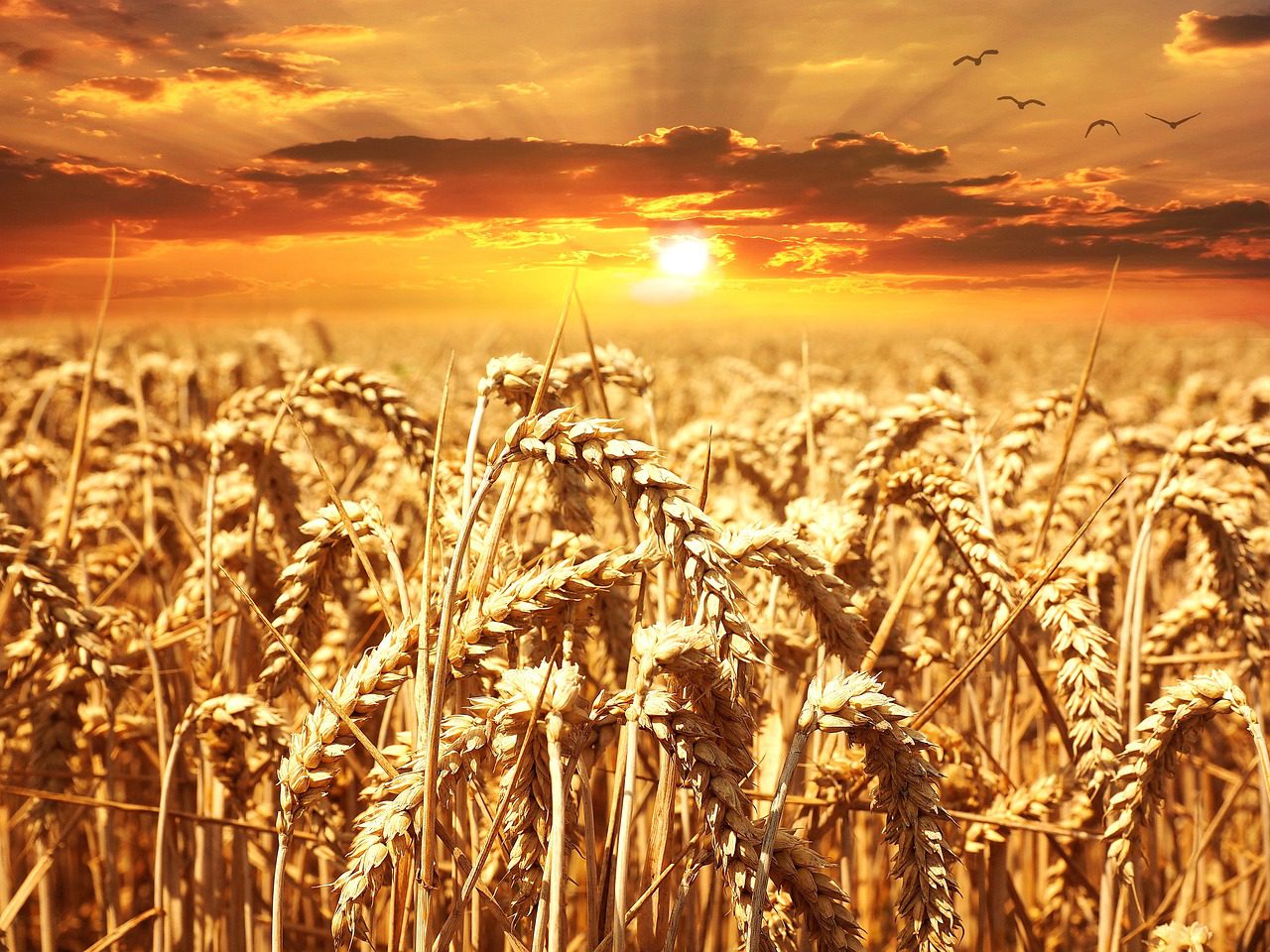
Native American Celebration in Balboa Park in San Diego California photo by IIP Photo Archive Wikimedia
10 Interesting Facts About Native Americans
Native Americans are the Indigenous peoples of the continental United States. They are sometimes referred to as American Indians, First Americans, and Indigenous Americans (Indigenous peoples of Hawaii, Alaska, and territories of the United States are generally known by other terms). Throughout the United States, there are 574 tribes that have received federal recognition; around half of these tribes are connected to Indian reservations.
Native tribes from the contiguous United States as well as Alaska Natives are considered “Native Americans” according to the United States Census. Native Hawaiians, Samoan Americans, and Chamorros are examples of indigenous people in the United States who are not classified as American Indians or Alaska Natives. According to the US Census, these individuals are classified as “Native Hawaiian and other Pacific Islanders.”
1. The US has 574 recognized tribes

Native Americans photo by Harris & Ewing, photographer Wikimedia
Of the 574 recognized tribes, 229 reside in Alaska. California is the state with the second-most Native Americans after Alaska, with 109 federally recognized tribes. Also, it is home to the largest number of Native Americans.
These federally recognized tribes and the US enjoy government-to-government relations, just like other sovereign nations. In contrast, a large number of tribes are not recognized by the federal government, excluding them from receiving cash and assistance.
By 2020, 66 tribes were acknowledged by 13 states. State recognition acknowledges tribes’ historical and contemporary presence, while it does not always give tribes access to federal or state services.
2. The Native Americans spoke over 300 languages
Before colonization, there were more than 300 languages spoken in North America, with as many as 500 of them. However many of these languages are now dead because of assimilation policies implemented by the government. Starting in the 1800s, reserves were established for Native Americans when they were forcibly relocated from their homes. Youngsters were additionally transferred to boarding schools in India where they received an English education. Native American tribes now have the ability to teach their own native languages thanks to the Indian Education Act, which Congress adopted in 1972.
According to estimates from the U.S. Census Bureau, 169 Native languages were spoken there as of 2013. Many of them have a shockingly small number of speakers. Congress passed the Native American Language Act in 1990 to provide support for the resuscitation and preservation of Native American languages. This support is crucial since, with the exception of two, all Native American languages face extinction by 2050.
3. Several of the most significant crops in the world were grown by Native Americans

photo by Petra Pixabay
Tribes of Native Americans have varied diets that are a reflection of the local food systems in those areas. Several Native American tribes participated in agriculture and domesticated many of the crops we eat today. It’s been calculated that crops grown in North America provided up to 60% of the world’s food supply in 2016.
Corn was created by prehistoric farmers in Guatemala and southern Mexico some 10,000 years ago. Long before European settlers came, Native Americans had been growing it in North America for thousands of years. In addition, Native Americans cultivated beans, potatoes, tomatoes, squash, and other crops.
4. The Indian Relocation Act of 1830 resulted in the forcible relocation of Native Americans
Before European colonization, Native Americans lived throughout the region that is now the United States. Nonetheless, the Native Removal Act was ratified by Andrew Jackson in 1830. The driving force behind the act was the desire of European immigrants to grow cotton in the South on the prized lands of the Creek, Cherokee, Choctaw, and other tribes.
As a result of the law, Native Americans were forcibly relocated from Florida, Alabama, North Carolina, Tennessee, and Georgia to “Indian territory” in what is now Oklahoma. Many individuals perished while making these forced journeys.
5. Native Americans received citizenship in the US in 1924
On June 2, 1924, President Calvin Coolidge approved the Indian Citizenship Act. Some Native Americans were already regarded as U.S. citizens because of the 1887 Dawes Act, which granted citizenship to those who accepted land concessions.
After acquiring full citizenship, many Native Americans were still unable to cast ballots. Native Americans can choose to have their voting rights granted or denied by their state, and many did so for a long time.
The right to vote was also restricted by governments through discriminatory practices. To prevent Native Americans (and others) from voting if they couldn’t read and write in the language, for instance, many used literacy tests. Up until the Voting Rights Act was passed in 1965, these strategies were still in use.
6. The first newspaper in a Native American language began printing in 1828

Photo by Pexels Pixabay
Native American languages were passed down orally before colonialism. After the arrival of the Europeans, several tribes began establishing writing systems. Sequoyah, a Cherokee Nation member, spent 12 years developing a writing system so that his people might learn to read and write in their native tongue. In 1821, he completed the 86 characters that make up his syllabary.
Since the syllabary was made to precisely reproduce Cherokee language sounds, it was easy for the Cherokee to learn. Within three to five years, the tribe had mastered reading and writing.
On February 21, 1828, the Cherokee nation’s capital at New Echota, Georgia, produced the first issue of the Cherokee Phoenix. The first bilingual newspaper in the nation, it was issued in Cherokee and English.
7. The Navajo Nation has the most tribal land in the country
The size of the Navajo Nation, which is 25,000 square miles, is almost the same as West Virginia and more than twice the size of Maryland. Included in the country are Utah, New Mexico, and Arizona. In 2021, the Navajo Nation surpassed the Cherokee Nation in terms of population, with roughly 400,000 registered members. It makes sense that the language spoken by most Native Americans is Navajo.
8. The contribution of Navajos to the WWII effort was vital

Native Americans at White House, Washington, D.C. photo by Harris & Ewing, photographer Wikimedia
The US government employed skilled Native Americans, commonly known as code talkers, who knew the Navajo language to transmit top-secret intelligence to allies during World War II. A significant chunk of this information was classified before Congress enacted the Code Talkers Recognition Act in 2002. Up to 70% of the whole fighting effort came from some tribes.
9. One of the oldest still-existing democracies in the world is the Haudenosaunee Confederacy
The Haudenosaunee Confederacy was founded by five tribal groups: the Oneida, Mohawk, Seneca, Cayuga, and Onondaga. The French also dubbed it the Iroquois Confederacy. While the Confederacy itself claims it has existed since the beginning, other academics place its founding in the year 1142. In spite of this, it is regarded as one of the world’s oldest participatory democracies.
The Kaianere’ko:wa (Big Law of Peace), which serves as their political charter, unites the nations. In the 18th century, the Tuscarora joined the Confederacy as the sixth country.
10. Not every tribe of Native Americans has its own land
According to data from the 2010 Census, only 22% of Native Americans are believed to live on tribal land. 68% of Native Americans and Alaskan Natives live on or close to their ancestral lands, according to a study conducted in 2014 by the U.S. Department of Housing and Urban Development.
In conclusion, The cultural heritage of Native Americans is extensive and diverse, dating back thousands of years. despite having experienced centuries of marginalization and injustice. Several Native American villages are still flourishing and maintaining their distinctive customs, languages, and way of life. The persistent challenges that indigenous peoples face must be acknowledged, and their efforts to achieve social justice, cultural preservation, and self-determination must be supported. By attempting to understand, respect, and stand in solidarity with Native American communities, we can advance a more fair and just society for all.
20 Famous Native Americans We should know about
10 Famous Native Women We should know about
Planning a trip to Paris ? Get ready !
These are Amazon’s best-selling travel products that you may need for coming to Paris.
Bookstore
- The best travel book : Rick Steves – Paris 2023 – Learn more here
- Fodor’s Paris 2024 – Learn more here
Travel Gear
- Venture Pal Lightweight Backpack – Learn more here
- Samsonite Winfield 2 28″ Luggage – Learn more here
- Swig Savvy’s Stainless Steel Insulated Water Bottle – Learn more here
Check Amazon’s best-seller list for the most popular travel accessories. We sometimes read this list just to find out what new travel products people are buying.










